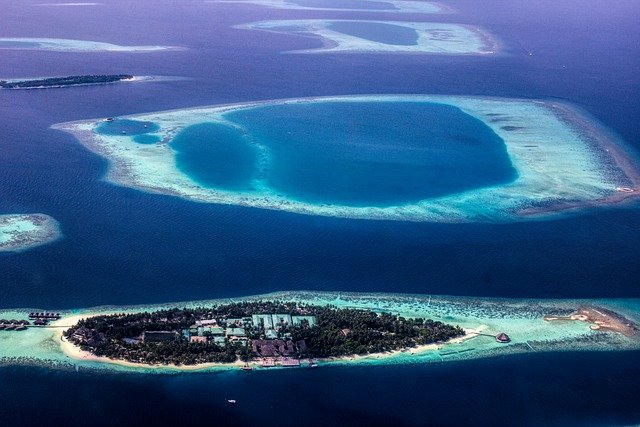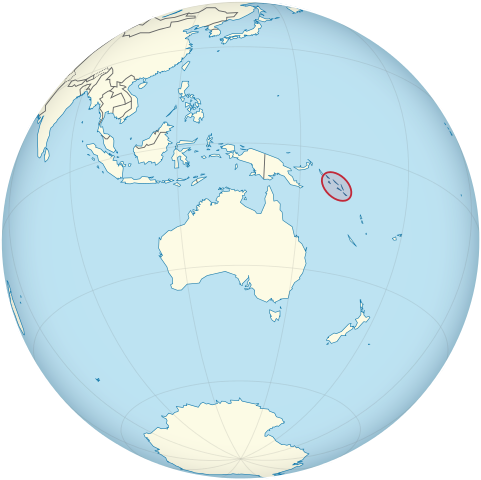 Have you heard of the mythical island of Atlantis, written by Plato, that disappeared under the sea?
Have you heard of the mythical island of Atlantis, written by Plato, that disappeared under the sea?
If we need to find a modern reference to it, we need to travel to a remote chain of islands in the Pacific Ocean. According to researchers from Australia, rising sea levels have swallowed five of the Solomon Islands.
Fortunately, none of these islands were inhabited by people. However, another six islands have seen large areas disappear underwater. This has forced residents to relocate to higher ground and rebuild their villages. But there is no guarantee that they are safe.
Where Are Solomon Islands?
The Solomon Islands along with Papua New Guinea, Fiji, and other smaller islands are collectively known as Melanesia. They are very close to the Asian and Australian continents. Scientists believe these islands were once connected to the mainland and started drifting apart 70,000 years ago.
 The five islands that disappeared are called reef islands as they are made out of coral reefs. The correct word to describe them is 'atolls'. Unlike an island which describes land surrounded by water, atolls are "ring-shaped lands" surrounding a lagoon.
The five islands that disappeared are called reef islands as they are made out of coral reefs. The correct word to describe them is 'atolls'. Unlike an island which describes land surrounded by water, atolls are "ring-shaped lands" surrounding a lagoon.
Did you know that atolls actually have their beginning in an undersea volcano? The natural geologic processes that lead to the formation of atolls are fascinating, and can take up to 30 million years! So how do atolls form?
- Volcanic activity under the sea gives birth to a landmass that slowly rises above the water level.
- Coral reefs form around the rim of these newly formed islands. Corals are tiny animals called polyps. New corals grow on top of old or dead ones.
- The island starts sinking back to sea level, while the corals continue to grow upwards.
- By the time the island completely submerges underwater, it leaves a beautiful ring of coral with a lagoon in between.
- In some atolls, the central lagoon gets completely dried up.
The Future Of These Islands

Scientists estimate that the ocean levels have been increasing at a rate of 0.13 inches every year as a result of climate change and melting glaciers.
Many low-lying regions around the world have cause for concern. Islands belonging to the Maldives in the Indian Ocean, and Papua New Guinea in the Pacific have lost land or have been completely submerged.
The rising waters cause more than just a loss of land in low-lying regions. The salty sea waters affect underground freshwater sources, making them unsuitable for drinking. They can also potentially affect the salt content of rivers.
The impact could be far-reaching with adverse effects on freshwater biodiversity, and a country's economy. This is also creating a new class of refugees -- people fleeing the effects of climate change.







